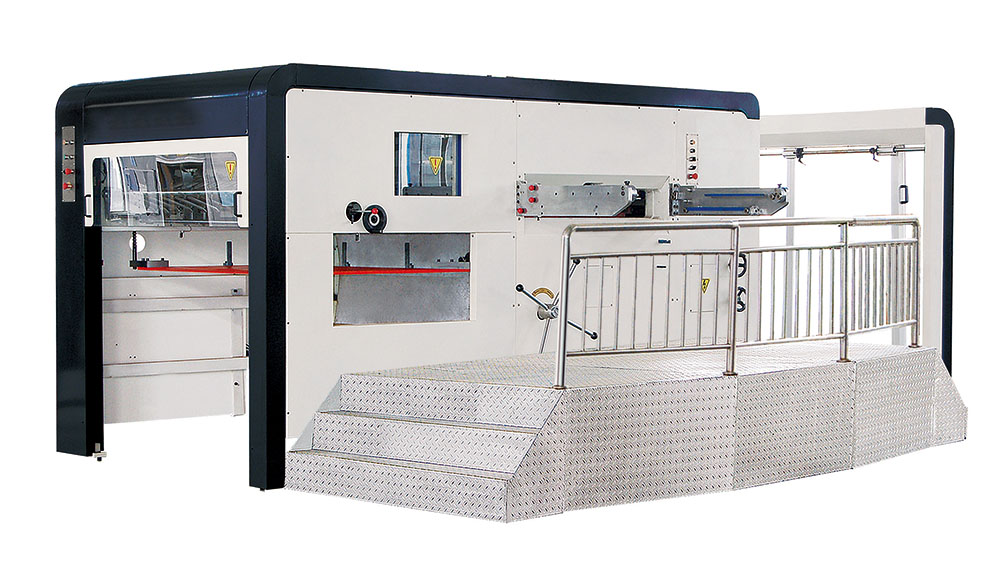Die-cutting and indentation is an indispensable processing technology in the production and processing of packaging cartons.

Through die-cut and indented cardboard boxes, the appearance quality and competitiveness will be greatly improved. The key processing process of die-cutting indentation is:
设计产品→模切数控刀具生产加工→排版设计→装、垫版→模切压痕→分类整理→制成品。
1. Design the product
When designing the packaging carton, it is necessary to accurately measure the size of the internal structure of the packaging design, and use rounded corners as far as possible to avoid sharp corners, which is beneficial to the row of knives; to prevent several adjacent narrow edges from being connected, it is beneficial to Clean up waste.
2. CNC tool selection and production processing
The CNC tools used for die cutting are called die cutting knives, also known as steel knives, beer knives, etc.; the CNC tools used for indentation are called indentation lines, also known as steel lines, beer lines, etc. Die-cutting knives and creasing lines are manufactured by supporting factories, and users only need to use them as required. The common die-cutting knife is 23.8mm in height and 0.7mm in thickness.
The edge of the die-cutting and indentation CNC tool must have corresponding strength, and the knife must be flexible and can be bent into other complicated patterns to meet the needs of the complicated patterns of die-cutting and indentation products. The thicker the cutter head, the harder it is to bend; the higher the cutter head, the greater the force required to bend. For products with extremely sophisticated and complex styles, a thinner cutter head can bring a lot of convenience.
3. Typography design
Typographic design is also known as row knife. Before the layout design, bend the CNC tool into the desired style according to the pattern of the die-cutting and indentation product, and use the lining material to stabilize the CNC tool in the plate frame to make the die-cutting and indentation plate.
4. Loading pads
After the die-cutting and indentation plate is arranged, it is put into the plate frame to stabilize, and then loaded into the die-cutting and indentation machine, and the production and processing can be carried out.
5. Lay the indentation mold
The die-cut indentation plate is firmly fixed on the flat bottom plate, and the indentation die is also laid on the imprinting plate to ensure that the indentation is clear and easy to form. Indentation molds include plaster indentation molds, cardboard indentation molds, paste indentation molds and steel indentation molds.
6. Die-cut indentation
After the die-cutting and indentation plate and the indentation die are loaded into the die-cutting and indenting machine, the die-cutting and indentation production and processing can be carried out. Prepare the cardboard that needs to be die-cut and indented, and put it into the paper feeding table. The first step is to carry out the pressure test. If the part of the sample is normal, but some parts are cut continuously, it is necessary to carry out the pad in the area. When there are still a few places that cannot be die-cut after the part pad, it is necessary to develop a position pad. After the inspection reaches the standard, the formal production and processing will be carried out. During the production and processing, the product quality is checked at any time, and any problems are found and dealt with properly.
7. Die-cutting and creasing machine
Die-cutting and creasing machines have different types of pressing and printing, and there are three types: flat pressing, round pressing and round pressing. It combines die-cutting and indentation, embossing, bronzing, etc. to form a multi-purpose equipment, which is very popular among users.
Note: The article is from the Internet, if there is any infringement, please contact me to delete it!
Prev:第一页
Next:Subvert the print marketing model with Internet thinking